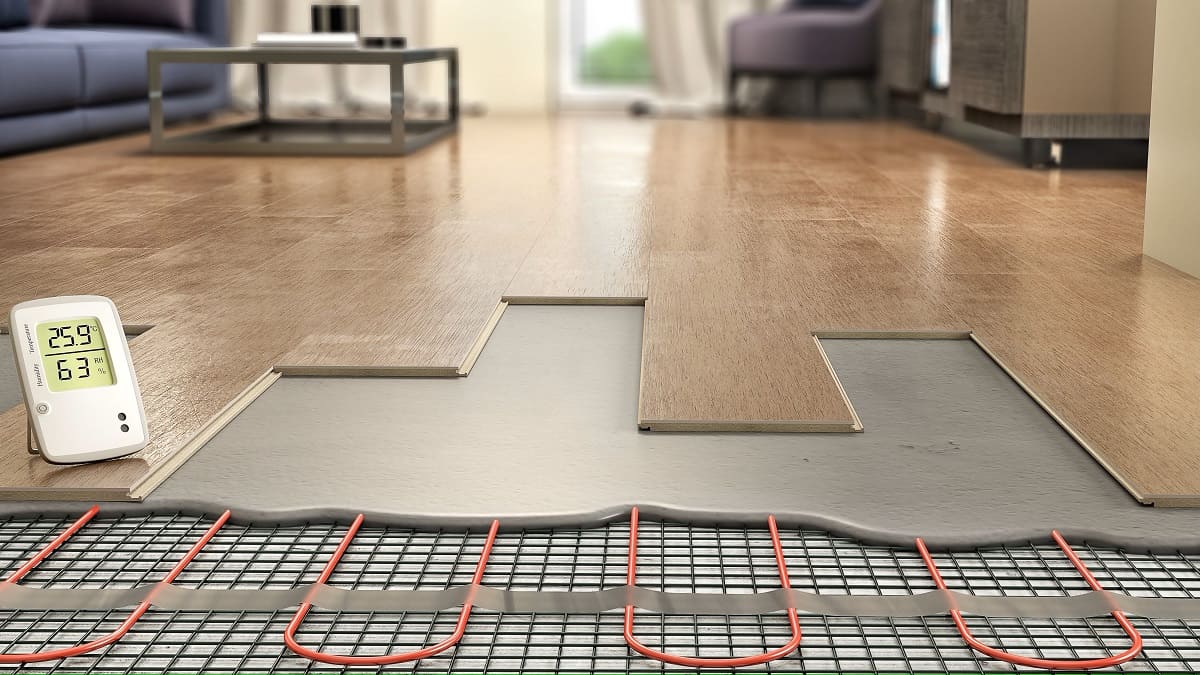

Articles
How Much Does Radiant Floor Heating Cost
Modified: December 7, 2023
Looking to learn about the cost of radiant floor heating? Check out our informative articles for all the information you need.
(Many of the links in this article redirect to a specific reviewed product. Your purchase of these products through affiliate links helps to generate commission for Storables.com, at no extra cost. Learn more)
Introduction
Radiant floor heating is a popular and highly efficient heating system that provides comfort and warmth to homes and buildings. It involves the installation of a series of pipes or electric heating elements beneath the flooring, which radiate heat upward, creating a cozy and evenly heated environment. Not only does radiant floor heating offer superior comfort, but it also has the added benefit of being hidden from view, eliminating the need for bulky radiators or vents.
In recent years, there has been an increased interest in radiant floor heating as a heating option due to its energy efficiency and overall cost-effectiveness. However, before making the decision to install radiant floor heating, it is important to understand the factors that can impact the cost of this system. By understanding these factors, homeowners can make informed decisions regarding their heating needs and budget.
In this article, we will delve into the various factors that can affect the cost of radiant floor heating, the different types of systems available, and the associated installation and maintenance costs. We will also compare the cost of radiant floor heating with other heating systems to provide a comprehensive understanding of its financial implications.
So, if you’re curious about how much radiant floor heating might cost and whether it’s a viable option for your home or building, read on to discover the ins and outs of this efficient and luxurious heating solution.
Key Takeaways:
- Radiant floor heating offers energy-efficient and comfortable heating, with factors like system type, area size, and materials influencing costs. Despite higher upfront expenses, its long-term benefits make it a compelling investment for homeowners.
- When comparing radiant floor heating with other systems, its energy efficiency, comfort, and potential cost savings stand out. Proper maintenance and professional installation ensure longevity and optimal performance, making it a valuable heating solution.
Read more: How Does Radiant Floor Heating Work
Factors Affecting the Cost of Radiant Floor Heating
The cost of installing radiant floor heating can vary significantly based on several factors. Understanding these factors will help you gauge the overall expense and determine if it fits within your budget. Here are the key factors influencing the cost of radiant floor heating:
1. Type of System: There are two main types of radiant floor heating systems: hydronic and electric. Hydronic systems use hot water flowing through pipes to generate heat, which tends to be more expensive to install than electric systems. Electric systems use electric cables or mats to generate heat, which are typically more affordable and easier to install.
2. Size of Area: The size of the area being heated will impact the cost. Larger areas require more materials, such as pipes or electric cables, which will increase the overall cost of the system. Additionally, more extensive labor may be required for larger areas, which can also contribute to higher costs.
3. Flooring Type: The type of flooring will affect both the installation process and the cost. Installing radiant floor heating under existing flooring, such as tile or hardwood, may require additional labor and potentially raise the cost. For new construction, it may be more cost-effective to incorporate radiant floor heating from the start.
4. Insulation: Adequate insulation is crucial to maximize the efficiency of radiant floor heating. If the space lacks proper insulation, it may require additional insulation installation, which can increase the cost.
5. Accessibility: The accessibility of the installation area can impact the cost. If the area is obstructed or challenging to access, additional labor may be required, resulting in higher installation costs.
6. Professional Installation: Hiring a professional to install radiant floor heating is highly recommended to ensure proper installation and optimum performance. While opting for professional installation may increase the initial cost, it can save you from potential issues or costly repairs in the future.
7. Geographic Location: The cost of radiant floor heating installation can also vary based on your geographic location. Factors such as labor rates, material availability, and local building codes can influence the overall cost.
It is important to note that while radiant floor heating may have a higher upfront cost compared to traditional heating systems, it can prove to be more cost-effective in the long run due to its energy efficiency and the potential savings on heating bills. Consult with professionals in your area to get accurate estimates based on your specific requirements and preferences.
By considering these factors, you can make an informed decision about installing radiant floor heating and determine the cost that aligns with your budget and heating needs.
Types of Radiant Floor Heating Systems
When it comes to radiant floor heating, there are two main types of systems: hydronic and electric. Both systems have their unique characteristics and benefits, and the choice between the two will depend on factors such as budget, energy efficiency, and personal preferences. Let’s explore each type in more detail:
1. Hydronic Radiant Floor Heating: Hydronic systems are the most popular and widely used type of radiant floor heating. They involve the circulation of hot water through a network of pipes installed beneath the floor surface. This water is heated by a boiler or a water heater, which can be powered by various energy sources, including gas, oil, or electricity.
Hydronic systems offer excellent heat distribution, as water has a high thermal mass and can retain heat for longer periods. They are known for providing consistent and comfortable heating throughout the space. Hydronic systems are also highly energy-efficient, as they can be connected to a water heater that operates on off-peak electricity rates or utilizes renewable energy sources.
2. Electric Radiant Floor Heating: Electric systems, as the name suggests, use electrical cables or heating mats to generate heat. These systems are easier and less expensive to install compared to hydronic systems. Electric radiant floor heating is an excellent option for smaller spaces or areas where existing flooring makes it challenging to install hydronic pipes.
Electric systems are also ideal for rooms with specific heating needs, as they can be easily installed in targeted areas, such as bathroom floors or under tile installations. They provide rapid heat-up times and precise temperature control, making them a convenient choice for areas that require on-demand heating.
While electric systems may have higher operating costs due to electricity consumption, they can still be energy-efficient when used strategically. For instance, using timer controls to heat the floor during specific times of the day can help optimize energy usage.
It’s worth noting that hybrid systems are also available, combining both hydronic and electric elements, offering the benefits of both types. These systems often use electric mats in smaller areas or specific rooms and hydronic heating for larger areas or the entire home.
Ultimately, the choice between hydronic and electric radiant floor heating systems will depend on various factors, including budget, energy efficiency goals, and the specific heating needs of the space. It’s important to consult with professionals who can provide guidance and recommendations based on your requirements.
By understanding the types of radiant floor heating systems available, you can make an informed decision and choose the system that best suits your needs and preferences. Whether you opt for hydronic, electric, or a combination of both, radiant floor heating offers a comfortable and efficient heating solution for your home or building.
Installation Costs of Radiant Floor Heating
The installation of radiant floor heating involves several components that contribute to the overall cost. While the exact cost will vary depending on factors such as the type of system, the size of the area, and labor costs in your area, understanding the general installation costs will help you plan your budget accordingly. Let’s take a closer look at the key factors that influence the installation costs of radiant floor heating:
1. Labor Costs: Labor costs play a significant role in the overall installation expenses. Hiring a professional to install radiant floor heating is essential to ensure proper installation and optimal performance. The complexity of the installation, the area’s accessibility, and the labor rates in your region will affect the labor costs involved.
2. Type of System: The type of radiant floor heating system you choose will impact the installation costs. Hydronic systems generally require more complex installation, as they involve piping and connections to a boiler or a water heater. Electric systems, on the other hand, are typically easier and quicker to install, resulting in potentially lower labor costs.
3. Floor Prep and Insulation: Proper floor preparation is crucial for the successful installation of radiant floor heating. This may involve removing the existing flooring, ensuring a level and even surface, and installing appropriate insulation. Additional costs may be incurred for floor preparation and insulation materials.
4. Materials and Equipment: The cost of materials and equipment will vary depending on the type of system, the size of the area, and your specific requirements. These may include pipes, cables, heating mats, insulation materials, thermostats, and controls. It’s essential to factor in the cost of these materials when estimating installation expenses.
5. Flooring Type: The choice of flooring can impact the installation process and costs. Installing radiant floor heating under existing flooring may require additional labor and potentially increase costs. Planning for radiant floor heating during new construction or remodeling projects can be more cost-effective.
6. Zoning and Controls: If you want to have different temperature zones within your home or building, the installation of zoning and controls will add to the overall installation costs. Zoning allows for individual temperature control in different areas, optimizing energy usage and ensuring customized comfort.
7. Permits and Inspections: Depending on your location, permits and inspections may be required for the installation of radiant floor heating. These additional costs should be considered in your overall budget.
It’s important to consult with professionals to receive accurate estimates for your specific project and to understand the installation process in detail. They can help you determine the most suitable system and provide accurate cost estimates based on your requirements and the characteristics of your space.
By understanding the installation costs of radiant floor heating, you can plan your budget effectively and make informed decisions about this efficient and comfortable heating solution.
Cost of Materials for Radiant Floor Heating
The cost of materials is a significant component when estimating the overall expense of installing radiant floor heating. The exact cost will depend on factors such as the type of system, the size of the area, and the specific materials chosen. Understanding the materials involved and their associated costs will help you budget for your radiant floor heating project. Let’s explore the key materials and their cost considerations:
1. Pipes or Cables: For hydronic systems, the primary material is the pipes used to circulate the hot water beneath the floor. Pipe costs will vary based on the material chosen, such as cross-linked polyethylene (PEX) or polybutylene (PB), and the diameter required for optimal heat distribution. Electric systems utilize heating cables or mats, which also vary in price based on the brand, length, and specifications.
2. Insulation: Insulation is crucial to prevent heat loss and ensure the efficiency of radiant floor heating. It helps direct the heat upward and reduces energy wastage. The cost of insulation materials, such as foam boards, underlayments, or reflective barriers, will depend on the square footage of the area being insulated and the R-value (thermal resistance) desired.
3. Thermostats and Controls: Thermostats and controls are essential for managing and regulating the temperature of the radiant floor heating system. The cost of these devices can vary depending on the features, such as programmability, Wi-Fi connectivity, and compatibility with smart home systems.
4. Manifolds and Pumps: Hydronic systems may require manifolds to distribute the hot water efficiently. These manifolds connect the supply and return lines of the system and allow for individual zone control. Pumps are also necessary to circulate the water through the pipes. The cost of manifolds and pumps depends on the size, quality, and brand chosen.
5. Miscellaneous Materials: Other materials involved in radiant floor heating installation include fittings, connectors, adhesives, and fasteners. These items may seem small, but their costs can add up, especially for larger projects.
It’s important to do thorough research and consult with professionals to determine the specific materials needed for your project and obtain accurate cost estimates. Keep in mind that material costs can fluctuate based on factors like brand, quality, and location.
While opting for high-quality materials is recommended for long-term durability and efficiency, it’s also crucial to strike a balance between cost and quality. Consider your budget, prioritize essential materials, and consult professionals to find the right balance that meets your needs.
By understanding the cost of materials for radiant floor heating, you can plan your budget accurately and make informed decisions about the materials that suit your requirements and budget. With proper planning and attention to detail, you can ensure the successful installation of your radiant floor heating system.
Consider the size of the area you want to heat, the type of flooring, and the installation method when estimating the cost of radiant floor heating. It’s also important to factor in the cost of materials and labor.
Read more: How Much Does A Concrete Floor Cost
Energy Usage and Cost of Radiant Floor Heating
One of the key considerations when installing a radiant floor heating system is the energy usage and associated costs. Radiant floor heating is known for its energy efficiency and the potential for savings on heating bills. Understanding the energy usage and cost factors will help you evaluate the long-term financial implications of this heating solution. Let’s explore these aspects in more detail:
1. Energy Efficiency: Radiant floor heating is highly efficient due to the radiant heat transfer directly from the floor to objects and people in the space. This efficient heat distribution eliminates the need for high-temperature air circulation, reducing heat loss and energy waste. Compared to traditional heating systems like forced-air or baseboard heaters, radiant floor heating can result in significant energy savings.
2. Lower Operating Temperatures: Radiant floor heating operates at lower temperatures compared to other heating systems. While forced-air systems typically require higher temperatures to distribute heat, radiant floor heating can be effective with lower water or electric cable temperatures. This lower operating temperature contributes to energy efficiency and cost savings.
3. Zoning and Programmable Controls: Zoning and programmable controls allow you to optimize energy usage by heating specific areas as needed. This can be especially beneficial for larger spaces or homes with varying heating requirements. By setting different temperature zones and schedules, you can ensure that energy is only used where and when it’s needed, reducing energy consumption and costs.
4. Integration with Renewable Energy: Radiant floor heating systems can be integrated with renewable energy sources, such as solar panels or geothermal systems. By utilizing sustainable energy, you can further reduce your reliance on traditional energy sources and potentially lower your heating costs.
5. Insulation and Energy Loss: Proper insulation is essential to maximize the energy efficiency of radiant floor heating. Insufficient or inadequate insulation can result in heat loss, reducing the system’s efficiency and increasing energy consumption. Ensure that your space is well-insulated to minimize energy wastage and keep operating costs low.
6. Energy Tariffs and Pricing: Energy tariffs and pricing can vary depending on your location and energy provider. It’s important to understand the pricing structure, such as peak and off-peak rates, as well as any incentives or rebates available for energy-efficient heating systems. These factors will impact the cost of operating your radiant floor heating system.
7. Comparative Costs: When evaluating the energy usage and cost of radiant floor heating, it’s helpful to compare them with other heating systems. While the initial installation cost of radiant floor heating may be higher than traditional systems, the potential energy savings and long-term cost-effectiveness should be considered. Radiant floor heating can provide more consistent, comfortable, and efficient heating, which can result in lower overall heating costs over time.
It’s important to note that individual circumstances and factors can affect the actual energy usage and costs of radiant floor heating. Consulting with professionals and conducting a detailed energy analysis specific to your space will provide more accurate estimations and insights.
By understanding the energy usage and cost factors of radiant floor heating, you can make an informed decision about its suitability for your home or building. With its energy efficiency and potential cost savings, radiant floor heating offers a compelling heating solution that combines comfort and economical benefits.
Maintenance and Repair Costs for Radiant Floor Heating
Radiant floor heating systems generally require minimal maintenance compared to other heating systems. However, understanding the potential maintenance and repair costs can help you prepare for any unforeseen issues and ensure the longevity of your system. Let’s explore the maintenance and repair aspects of radiant floor heating in detail:
1. Regular Maintenance: Regular maintenance of radiant floor heating systems typically involves basic tasks to ensure optimal performance. These tasks may include inspecting the controls and thermostats, checking for any leaks or damage in pipes or cables, and cleaning or replacing air filters in hydronic systems. It is recommended to have a professional conduct routine maintenance to ensure thorough inspection and prevent any potential issues.
2. Periodic System Flushing: Over time, sediment or debris can accumulate in the pipes of hydronic systems, affecting their efficiency. Periodic system flushing may be required to remove any buildup and maintain optimal energy transfer. Flushing the system typically involves using a flushing agent or specific tools to circulate and clean the water within the system. The cost of periodic system flushing can vary based on the size and complexity of the system.
3. Repairs and Component Replacement: In the event of a malfunction or component failure, repairs or replacement may be necessary. The cost of repairs will depend on the specific issue and the parts involved. For example, if a pump or control valve needs replacement, the cost will include not only the cost of the component but also the labor involved in the repair.
4. Leak Detection and Repair: In hydronic systems, potential leaks in the piping can occur over time due to wear and tear or external factors. Detecting and repairing leaks promptly is crucial to prevent water damage and maintain the efficient operation of the system. Professional leak detection services may be required, which can incur additional costs.
5. Thermostat and Control Maintenance: Regular maintenance of thermostats and controls ensures accurate temperature sensing and proper system operation. This may involve battery replacement, calibration checks, and firmware updates. The costs for thermostat and control maintenance are typically minimal but can vary depending on the specific components and the complexity of the system.
6. Warranty Coverage: Many radiant floor heating systems come with warranties that cover certain maintenance and repair costs within a specified period. Understanding the terms and conditions of the warranty and conducting maintenance as required can help minimize out-of-pocket expenses for repairs.
It’s important to note that while radiant floor heating systems have generally low maintenance requirements, unexpected issues can still arise. Being prepared for potential maintenance and repair costs by setting aside a budget for unforeseen repairs is advisable.
Regular and proactive maintenance, along with professional inspection and repair when needed, will help ensure the longevity and performance of your radiant floor heating system. Consulting with professionals and following manufacturer guidelines will provide valuable insights into the specific maintenance requirements for your system.
By understanding the potential maintenance and repair costs for radiant floor heating, you can effectively budget for the ongoing care of your system and ensure its continued efficiency and comfort in the long run.
Comparison of Radiant Floor Heating Costs with Other Heating Systems
When it comes to heating your home or building, it’s important to consider the costs associated with different heating systems. Radiant floor heating offers unique advantages in terms of comfort and energy efficiency, but how does it compare to other heating systems in terms of cost? Let’s explore the cost comparison between radiant floor heating and other common heating systems:
1. Forced-Air Heating Systems: Forced-air systems, such as furnaces and heat pumps, are a popular choice for heating. These systems rely on heated air being circulated through ductwork to maintain desired temperatures. While forced-air systems have lower initial installation costs compared to radiant floor heating, they can be less energy-efficient. Heat can be lost through ductwork leaks or when warm air rises to the ceiling, leading to potentially higher energy bills. However, forced-air systems provide the advantage of quick heating and cooling.
2. Baseboard Heating Systems: Baseboard heating systems use electric or hydronic heaters that are installed along the baseboards of a room. While baseboard heaters have low upfront costs, they can be less energy-efficient compared to radiant floor heating. Baseboard heaters require higher operating temperatures and may result in uneven heat distribution and heat loss through walls or windows.
3. Radiators: Radiators are another traditional heating system that utilizes hot water or steam to heat a space. While radiators have lower installation costs compared to radiant floor heating, they may be less energy-efficient. Heat can be lost through radiation or convection, and the distribution of heat can be uneven. Additionally, radiators take up valuable wall space and can limit furniture placement.
4. Heat Pumps: Heat pumps are energy-efficient heating systems that extract heat from the air or ground and transfer it into the space. Heat pumps can offer significant energy savings, particularly in moderate climates. However, the installation costs of heat pumps can be higher than radiant floor heating, and they may require periodic maintenance and potential repairs.
When comparing the costs of radiant floor heating with other heating systems, it’s important to consider the long-term benefits and potential savings. Although radiant floor heating may have higher upfront installation costs, it offers several advantages that can offset these expenses:
– Energy Efficiency: Radiant floor heating operates at lower water temperatures, resulting in lower energy consumption and potential savings on heating bills.
– Comfort: Radiant floor heating provides even and consistent heating from the floor up, eliminating cold spots and drafts, providing unparalleled comfort.
– Zoning: Radiant floor heating systems allow for individual temperature control in different zones, optimizing energy usage and further reducing heating costs.
– Durability: With proper maintenance, radiant floor heating systems can last a lifetime, reducing the need for costly repairs or replacements.
It’s important to consult with professionals and obtain detailed cost estimates specific to your property and heating needs. They can provide insights into the potential savings and payback period associated with radiant floor heating compared to other heating systems.
By considering the upfront and long-term costs, as well as the comfort and energy efficiency benefits, you can make an informed decision about choosing radiant floor heating as your preferred heating system.
Conclusion
Radiant floor heating is a highly efficient and comfortable heating solution that offers numerous benefits for homeowners and building occupants. By understanding the factors that can affect the cost of radiant floor heating, as well as comparing it to other heating systems, you can make informed decisions about this investment in your home.
Factors that influence the cost of radiant floor heating include the type of system chosen, the size of the area being heated, the type of flooring, accessibility for installation, and professional labor costs. By considering these factors, you can estimate the installation costs and budget accordingly.
The cost of materials for radiant floor heating includes pipes or cables, insulation, thermostats, controls, manifolds, and miscellaneous components. It’s essential to select high-quality materials to ensure the longevity and efficiency of the system.
Radiant floor heating is known for its energy efficiency, lower operating temperatures, zoning capabilities, and potential integration with renewable energy sources. These features contribute to reduced energy usage and potential cost savings on heating bills over time. When compared to other heating systems like forced-air, baseboard heaters, radiators, or heat pumps, radiant floor heating stands out as a comfortable and energy-efficient option.
Maintenance and repair costs for radiant floor heating are generally low, with periodic system checks, flushing, and potential component replacement as part of regular maintenance. By investing in professional installation and proper maintenance, you can ensure the longevity and optimal performance of your system.
In conclusion, while the upfront costs of radiant floor heating may be higher than traditional heating systems, the long-term benefits in terms of energy efficiency, comfort, and potential cost savings make it a compelling option. By considering the factors, materials, energy usage, and maintenance costs associated with radiant floor heating, you can make an informed decision that aligns with your heating needs, budget, and long-term goals.
Consulting with professionals in the field will provide valuable insights specific to your property and assist you in determining the best course of action. With radiant floor heating, you can enjoy a cozy and efficient heating solution that enhances the comfort and value of your home for years to come.
Frequently Asked Questions about How Much Does Radiant Floor Heating Cost
Was this page helpful?
At Storables.com, we guarantee accurate and reliable information. Our content, validated by Expert Board Contributors, is crafted following stringent Editorial Policies. We're committed to providing you with well-researched, expert-backed insights for all your informational needs.

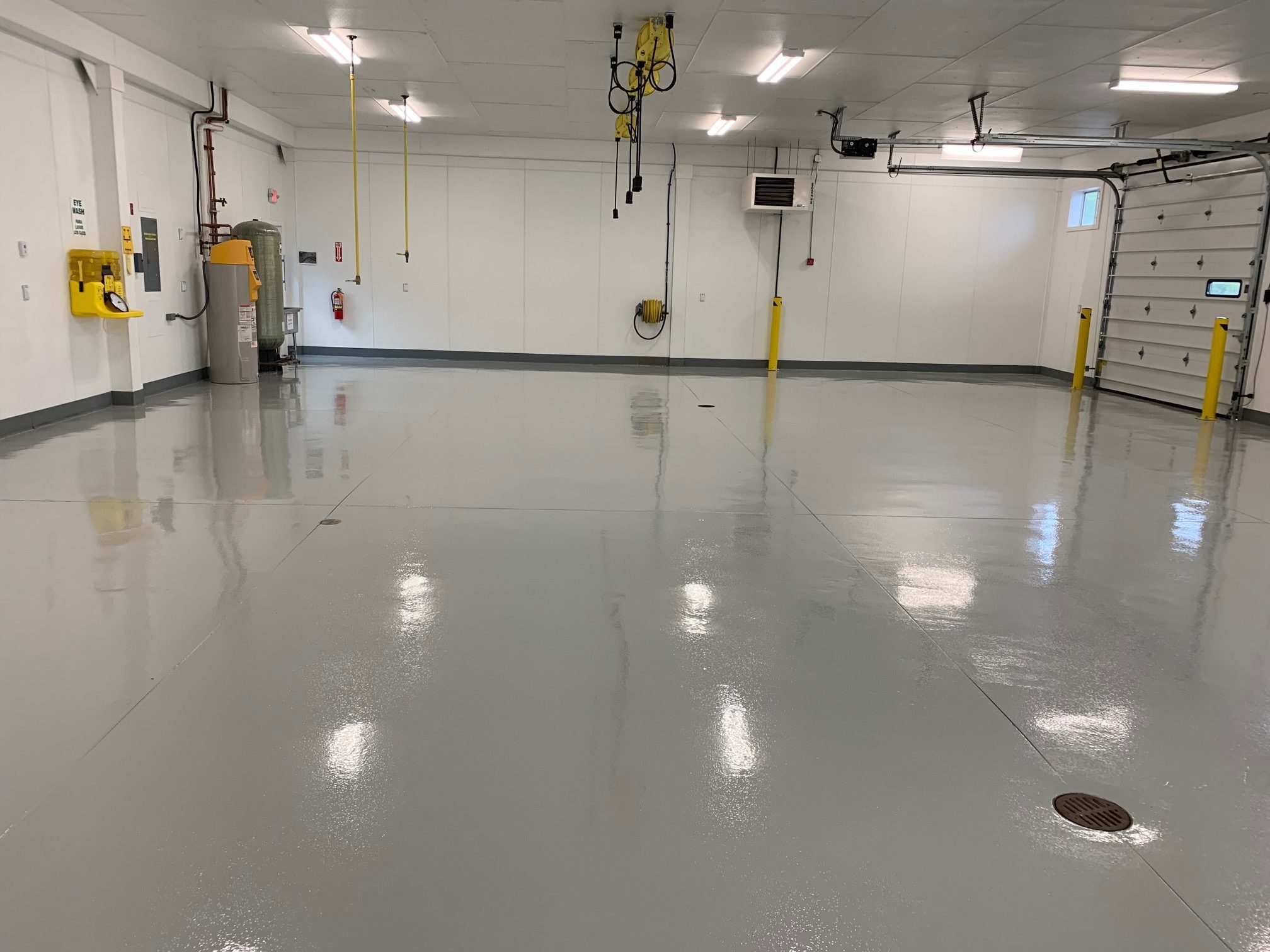
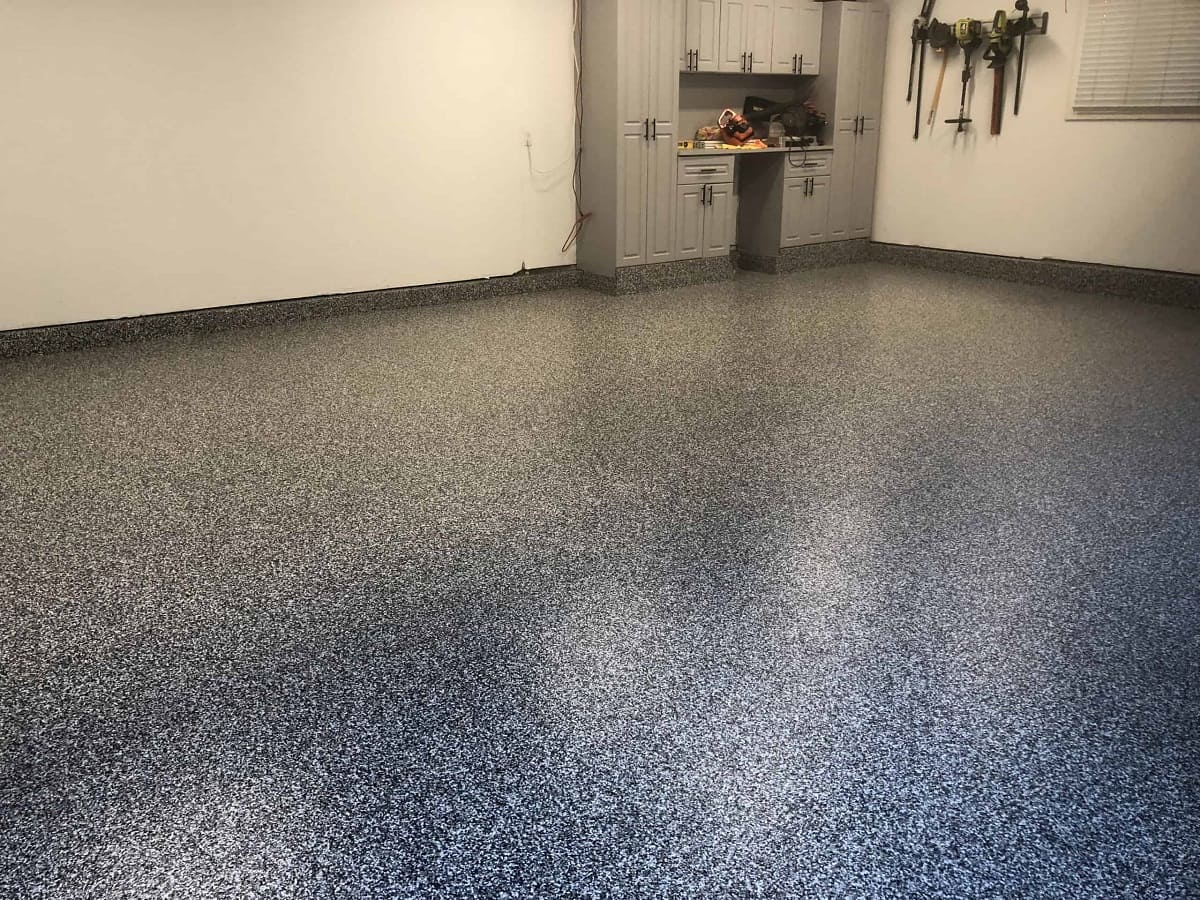
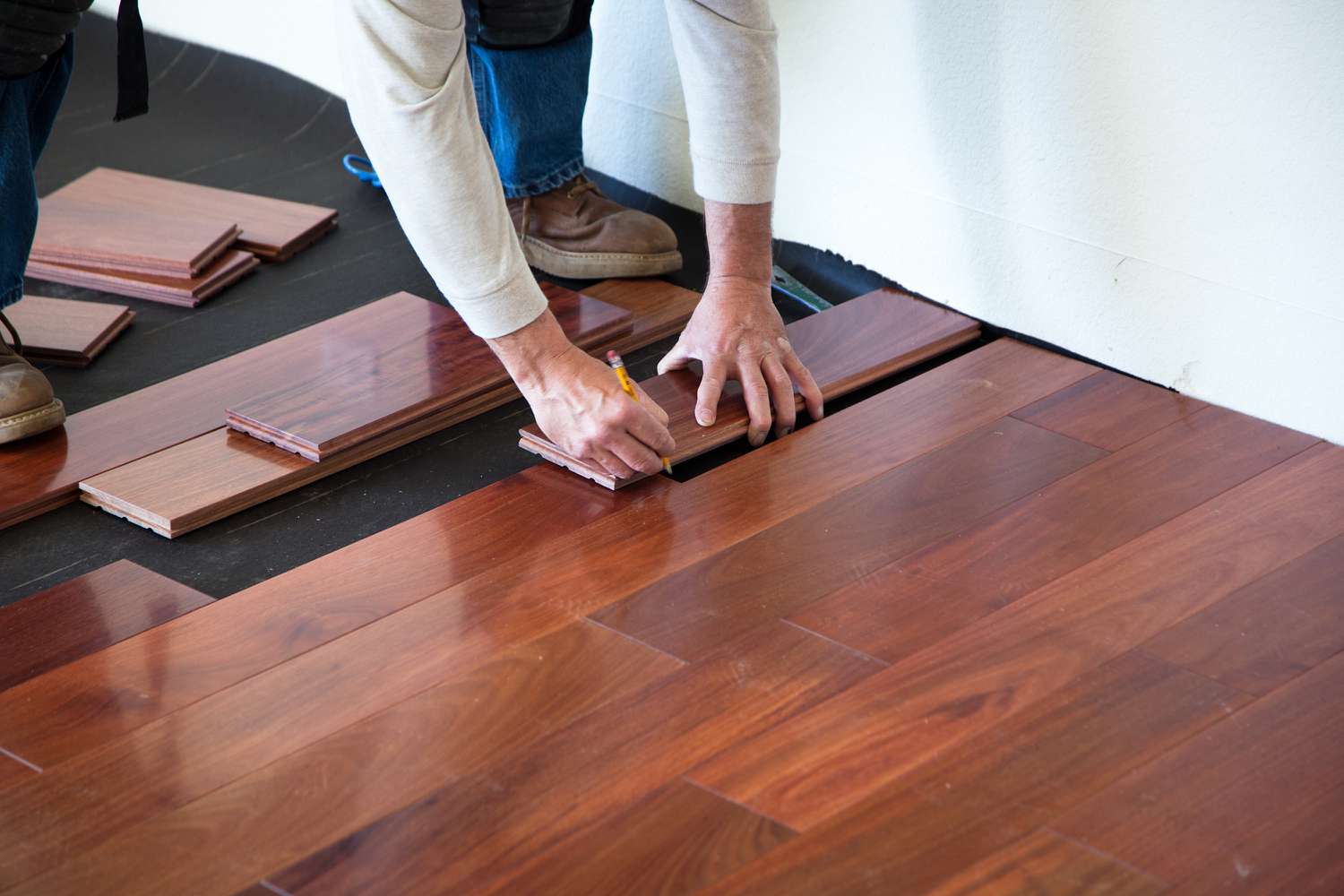
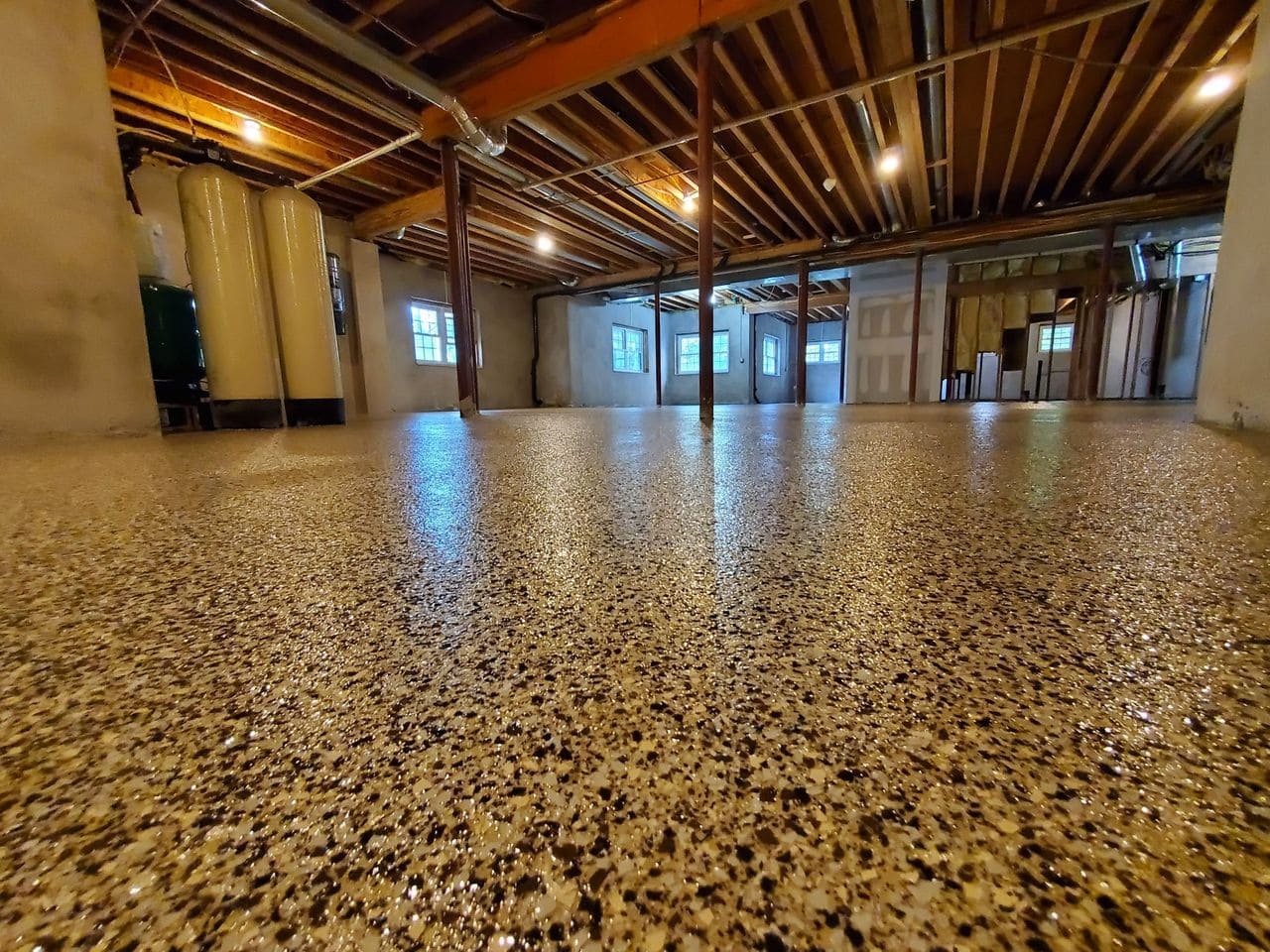
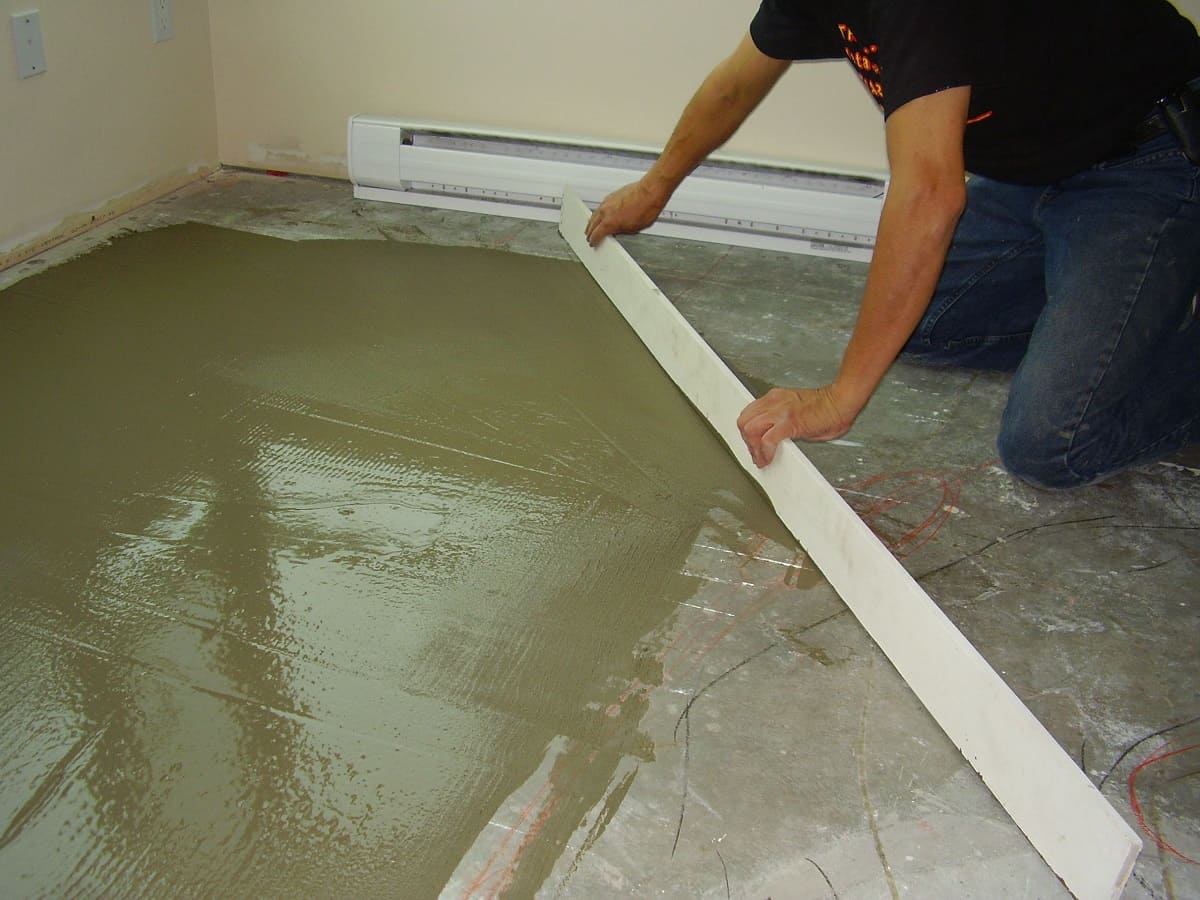
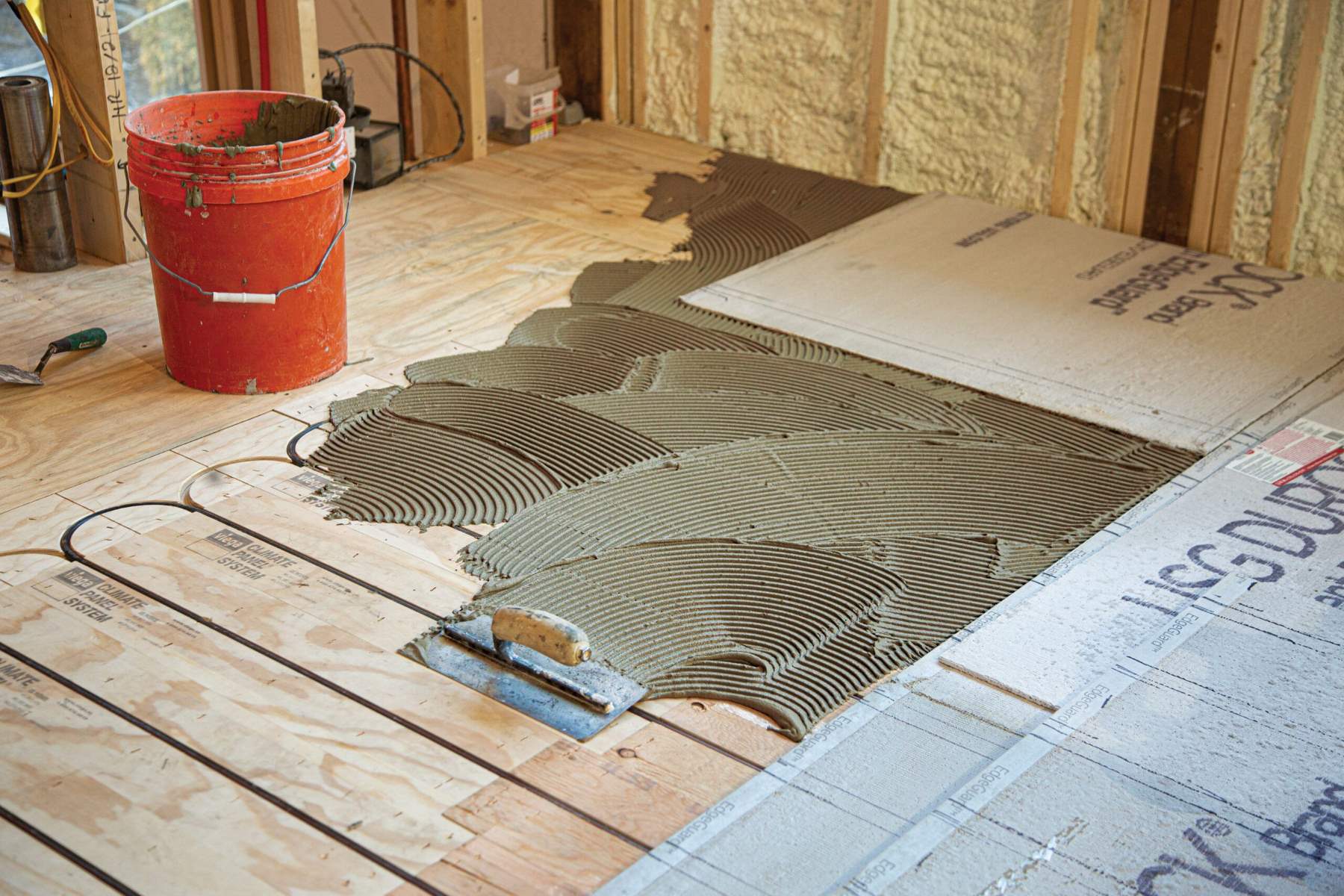
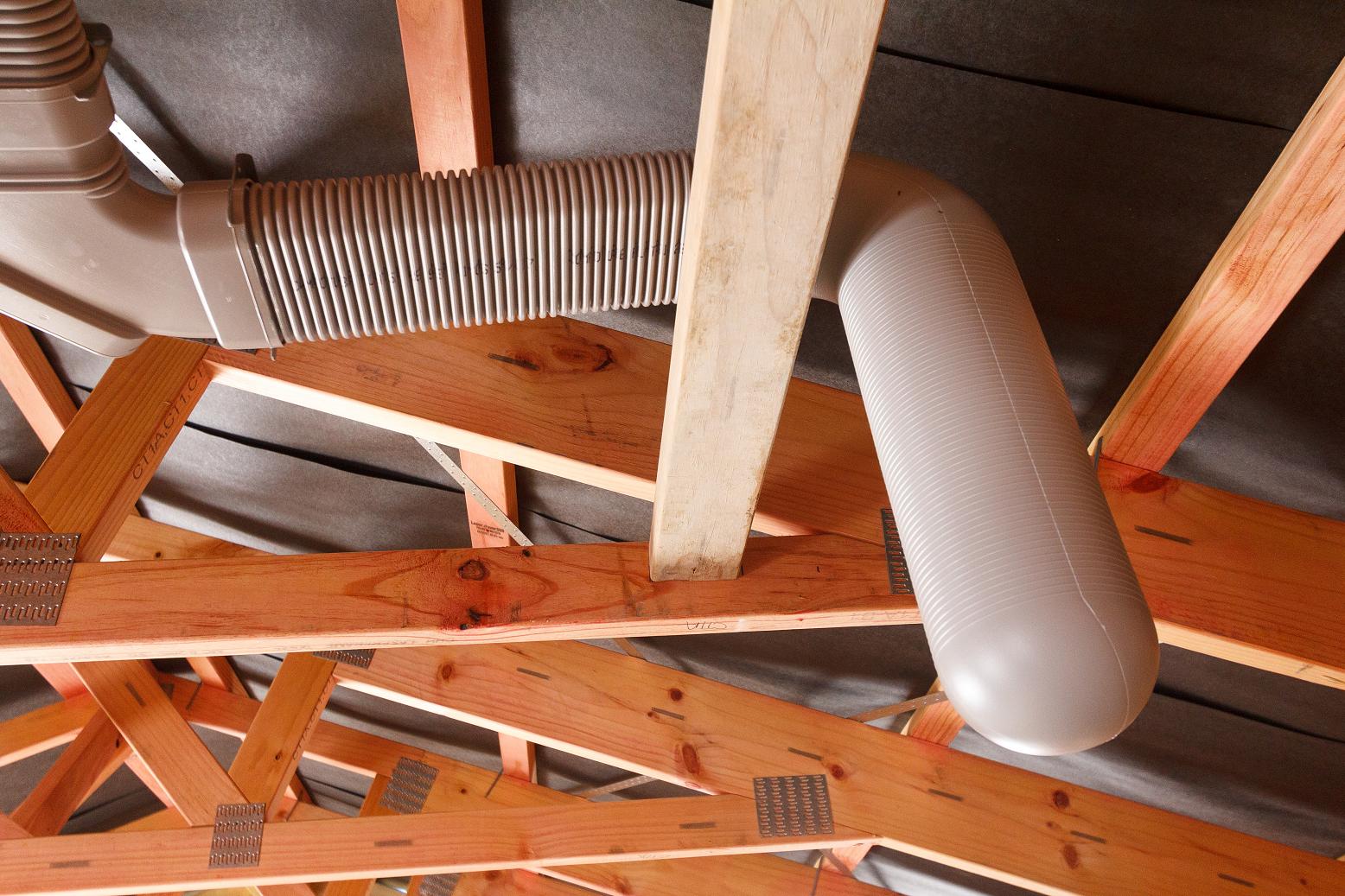
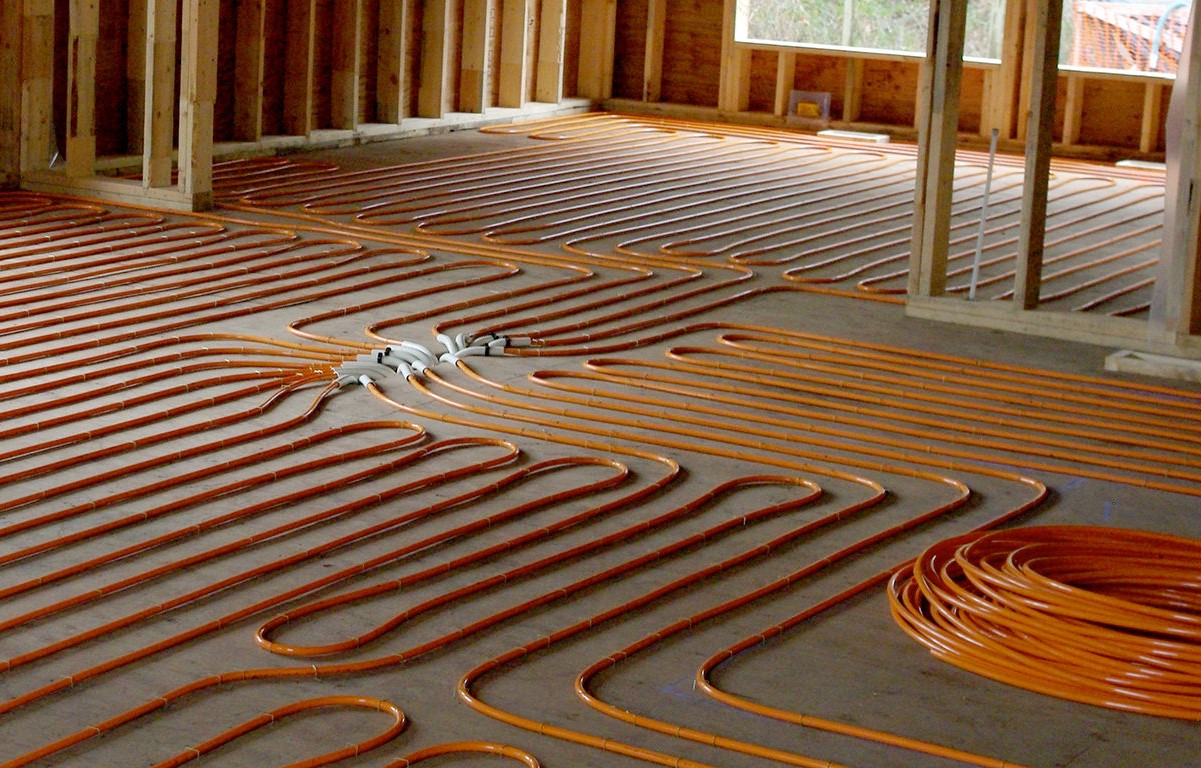






0 thoughts on “How Much Does Radiant Floor Heating Cost”